Floating Cement Blocks, Self-Healing Concrete, and Cement-Free Solutions: Revolutionizing Civil Engineering
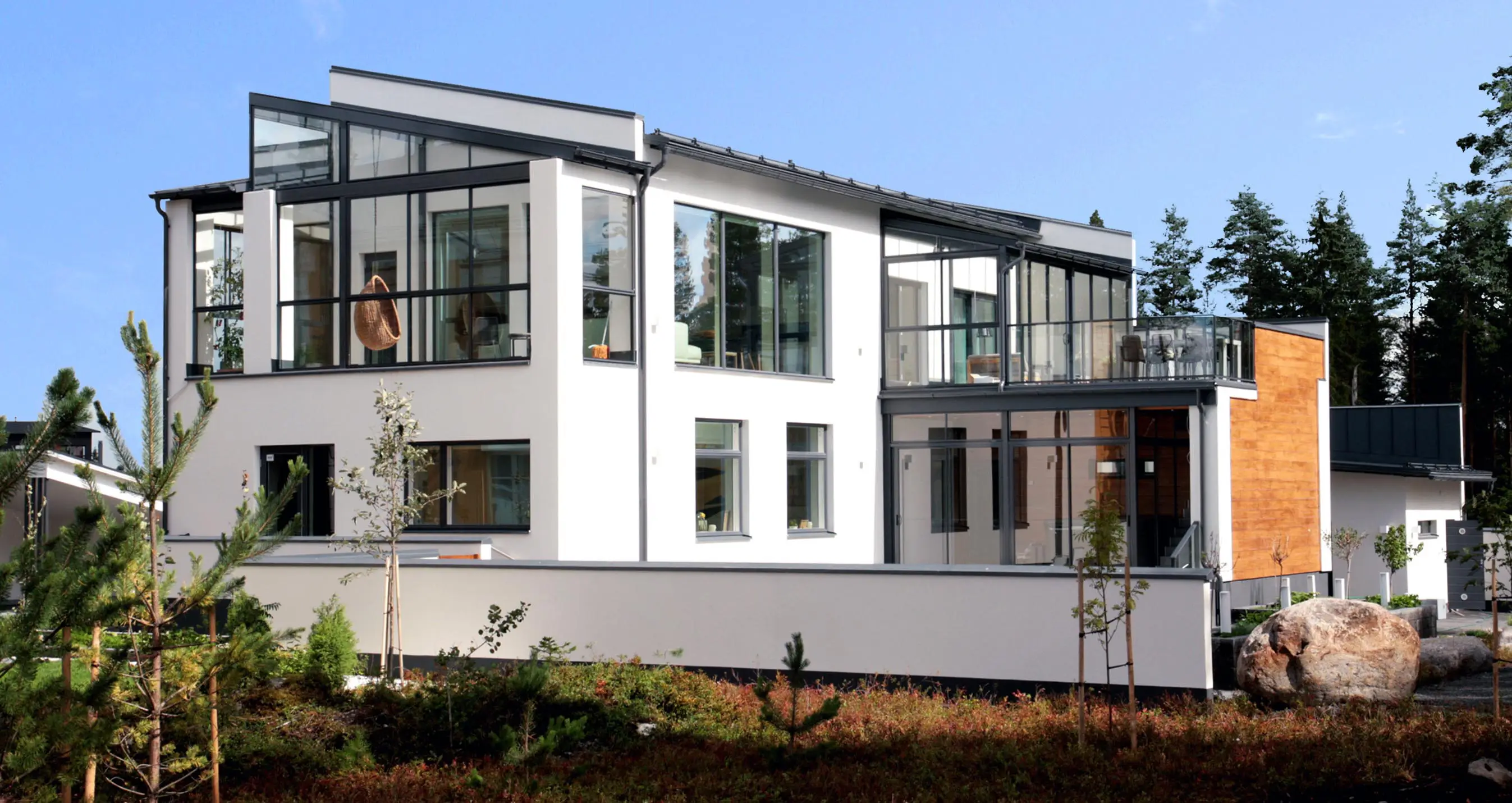
Civil engineering is at a turning point in 2025, with innovative technologies tackling pressing global issues like climate change, urbanization, and sustainability. This article dives into three standout advancements—floating cement blocks, self-healing concrete, and cement-free soil solidifiers—offering clear explanations, practical applications, and a snapshot of broader industry trends. Designed to inform and captivate, it includes a comparison table and links to reputable sources for deeper exploration.
1. Floating Cement Blocks: Building on Water
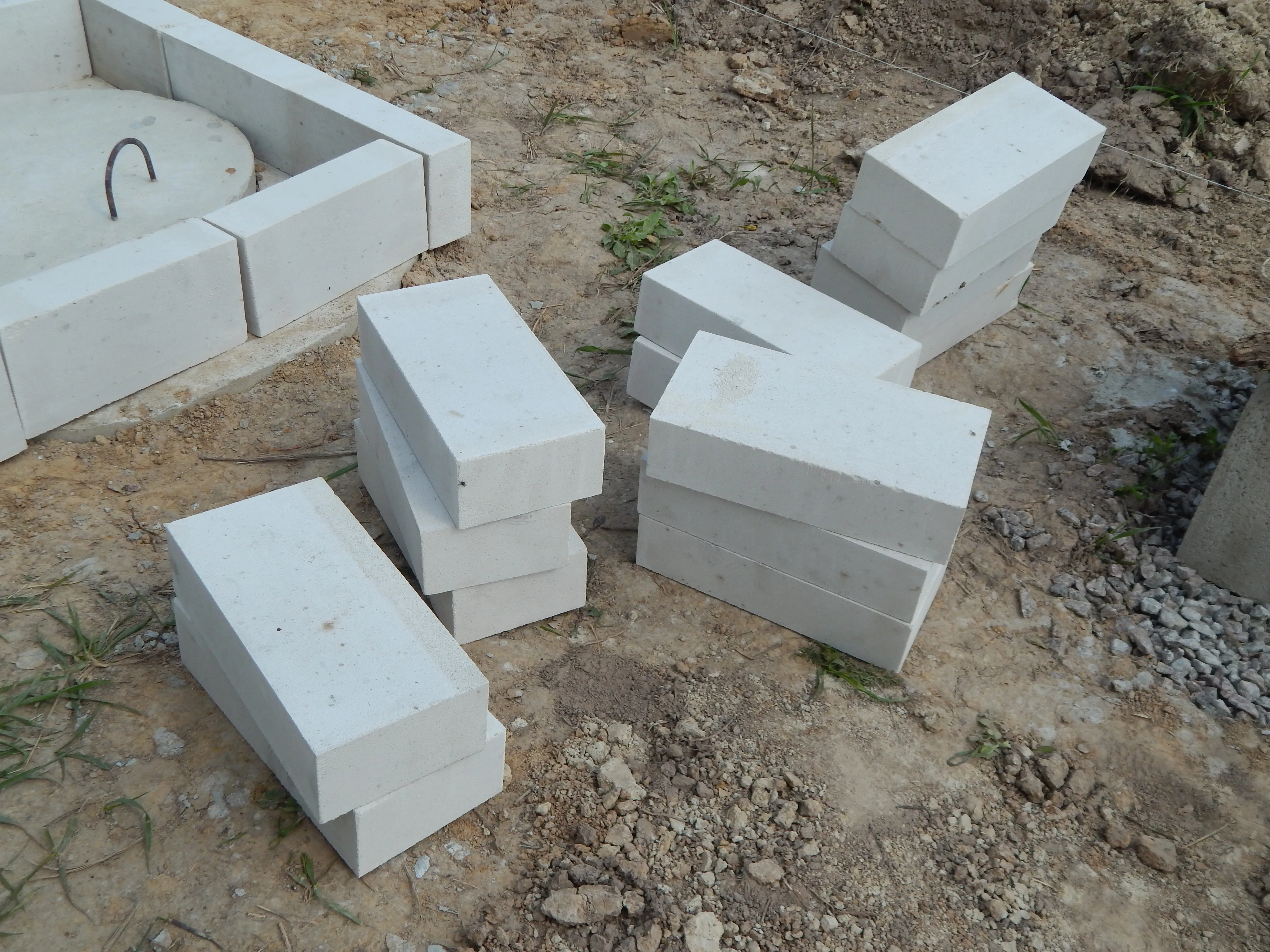
Developed by Egypt’s Delta Block, floating cement blocks made from Autoclaved Aerated Concrete (AAC) are redefining construction in flood-prone and coastal areas. With a density of 500-550 kg/m³—lighter than water—these blocks float when unsaturated, opening new possibilities for resilient design.
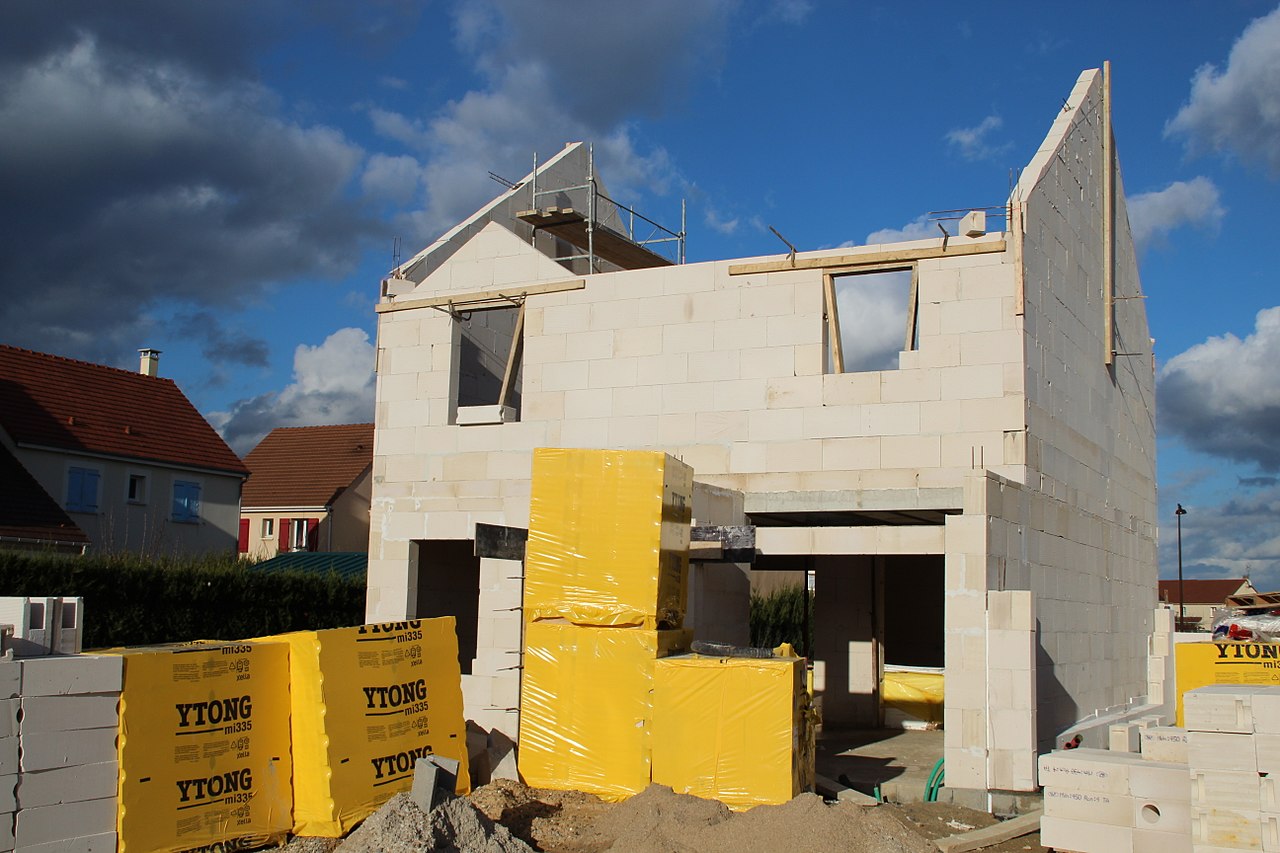

- How They’re Made: AAC combines cement, lime, silica, and aluminum powder, which reacts to form air pockets, reducing weight by up to 70% compared to traditional concrete Delta Building Systems.
- Strengths: They resist fire (up to 1200°C for 4 hours for a 10 cm wall), insulate sound (STC 48), and cut energy costs with superior thermal properties. Testing shows a compressive strength of 2.5-7.0 MPa, suitable for non-load-bearing walls ScienceDirect.
- Challenges: Critics question their durability under heavy loads or repeated impacts, and waterproofing is critical to prevent water absorption over time Reddit Discussion.
- Applications: Ideal for lightweight homes, floating platforms, or energy-efficient buildings in flood zones like the Nile Delta or Southeast Asia.
2. Self-Healing Concrete: Cracks That Fix Themselves
Kenyan Professor Jackson Muthengia’s Cracksfox, a self-healing concrete admixture from the University of Embu, promises to transform infrastructure durability Daily Nation.
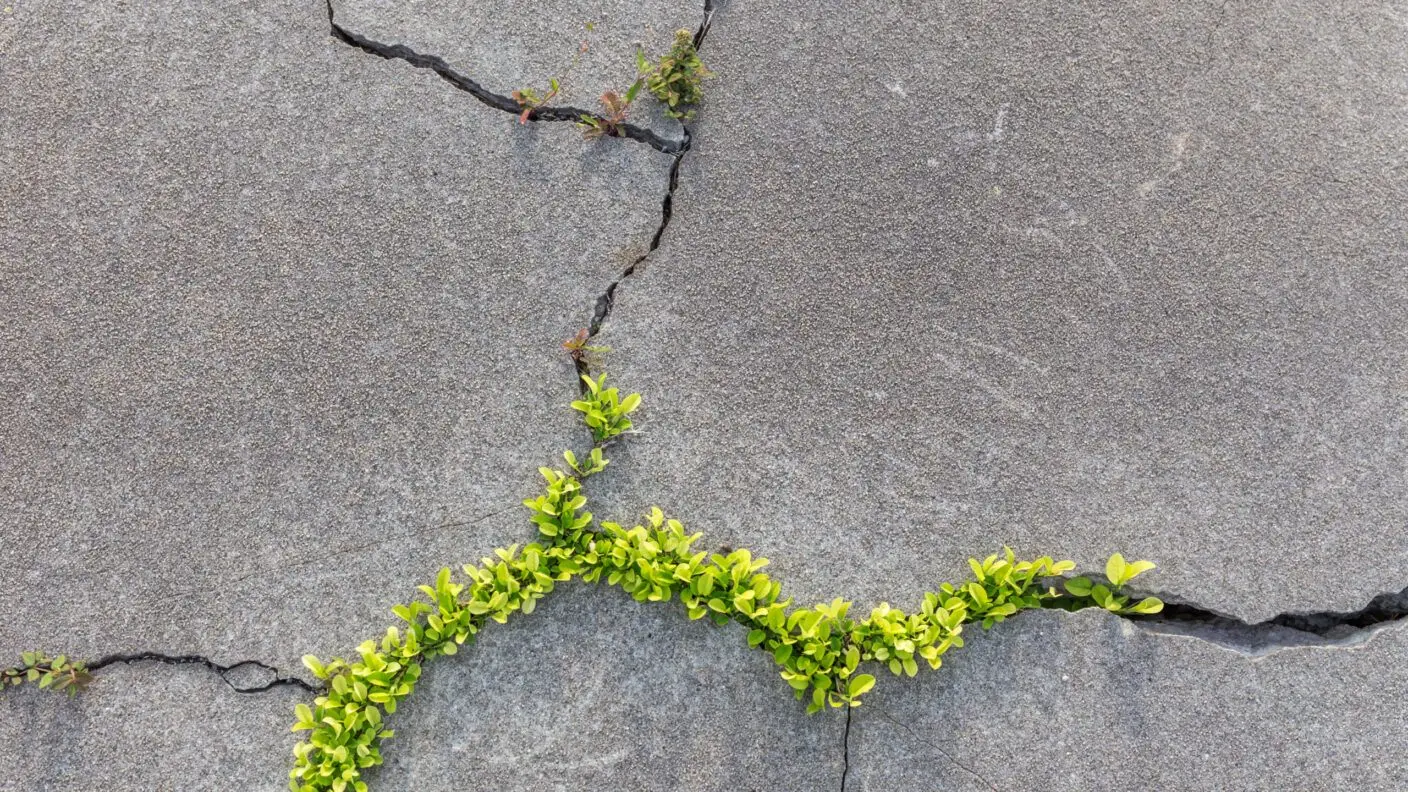
- Mechanism: Cracksfox binds water and salts into a gel that seals cracks up to 0.8 mm wide, preventing further damage. It leverages chemical reactions within the concrete, unlike bio-based alternatives using bacteria Texas A&M Stories.
- Advantages: Boosts lifespan by 50+ years, cuts maintenance costs by up to 30%, reduces mixing water by 20%, and enhances strength (40-50 MPa compressive strength) ACI Materials Journal.
- Applications: Perfect for bridges, roads, and buildings in harsh climates, like Kenya’s rift valleys or coastal cities prone to saltwater corrosion.
3. Cement-Free Soil Solidifier: Green Construction Unleashed
Japan’s Shibaura Institute of Technology has pioneered a cement-free solidifier from recycled glass and construction waste, slashing the carbon footprint of traditional cement, which emits 0.9 tons of CO₂ per ton produced ScienceDaily.
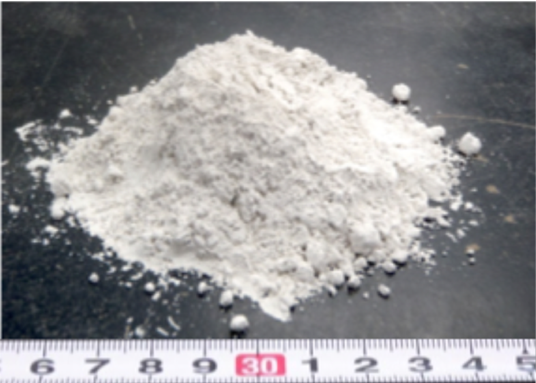
- Composition: Made from Siding Cut Powder (SCP) (construction debris) and Earth Silica (ES) (recycled glass), this geopolymer achieves a compressive strength of 160 kN/m²—rivaling low-grade concrete Envirotec.
- Eco-Impact: Cuts emissions by up to 80% compared to cement and recycles waste, aligning with circular economy goals.
- Challenges: Potential arsenic leaching from waste materials requires strict quality control.
- Applications: Suited for road bases, foundations, and soil stabilization in eco-friendly projects, like Japan’s sustainable urban developments.
Comparison Table: At-a-Glance Innovations
| Innovation | Key Feature | Strength | Benefits | Challenges | Best Use Case |
|---|---|---|---|---|---|
| Floating Cement Blocks | Floats (500-550 kg/m³) | 2.5-7.0 MPa | Fireproof, insulating, lightweight | Load limits, waterproofing | Flood-zone buildings |
| Self-Healing Concrete | Heals 0.8 mm cracks | 40-50 MPa | Durable, low-maintenance, strong | Higher initial cost | Bridges, harsh environments |
| Cement-Free Solidifier | 80% less CO₂ than cement | 160 kN/m² | Sustainable, strong, waste-based | Arsenic leaching risk | Roads, green foundations |
Why It Matters
As of June 8, 2025, these technologies are not just breakthroughs—they’re solutions to real-world problems. Floating blocks combat flooding, self-healing concrete saves on repairs, and cement-free solidifiers fight climate change. Challenges remain, but their potential to reshape construction is undeniable.
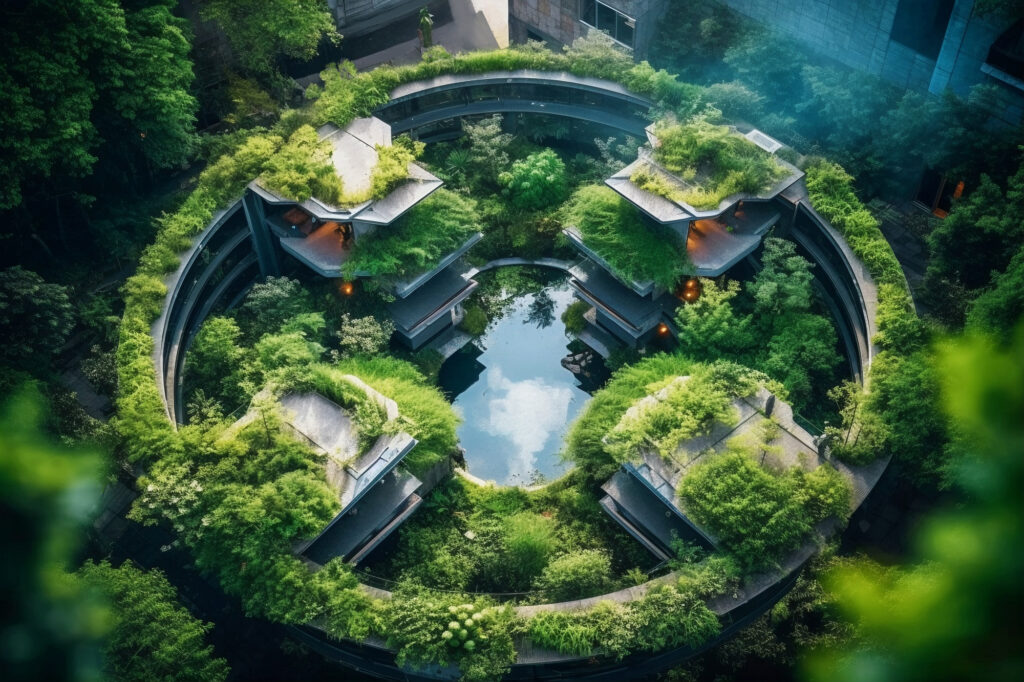
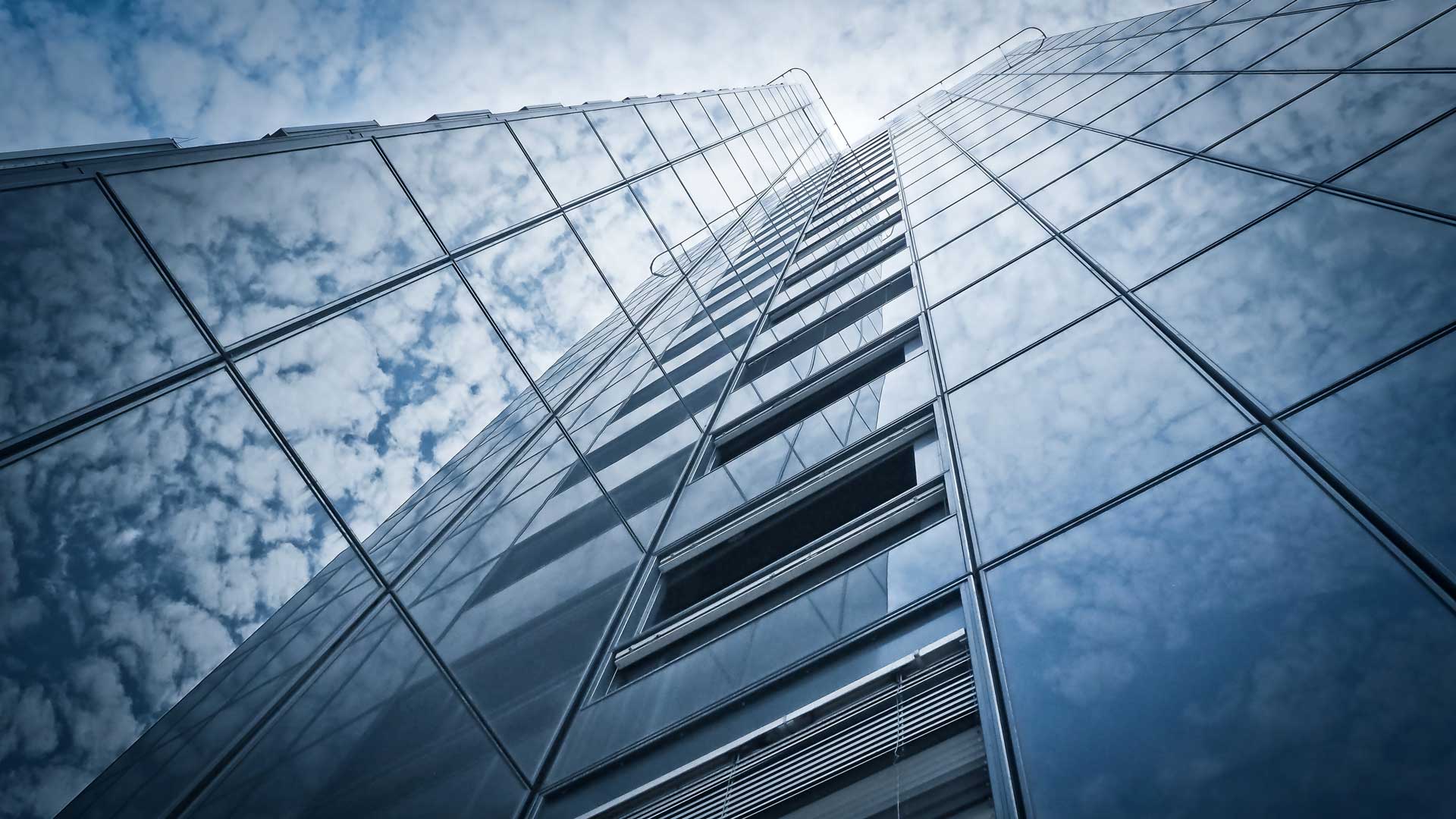
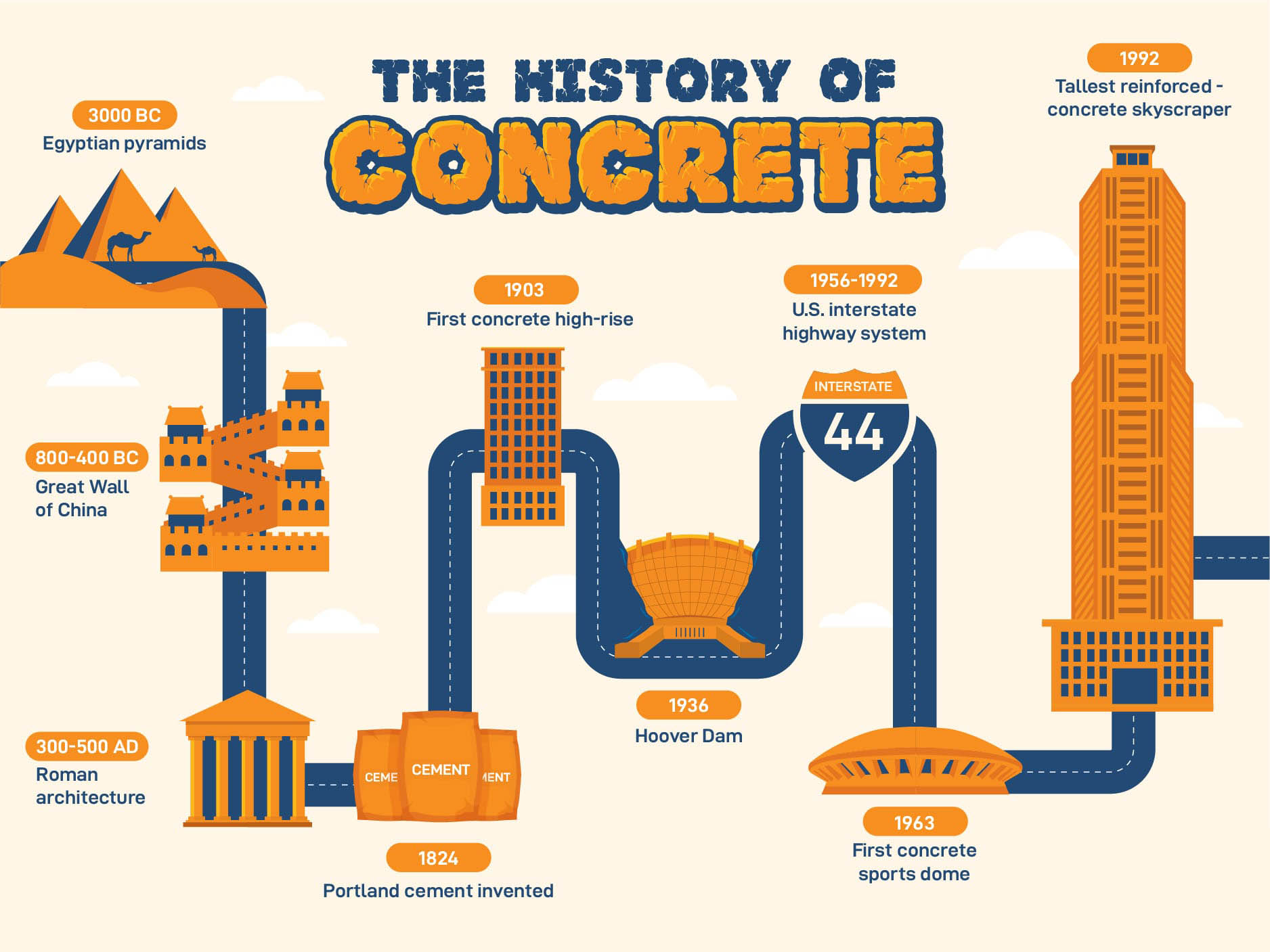
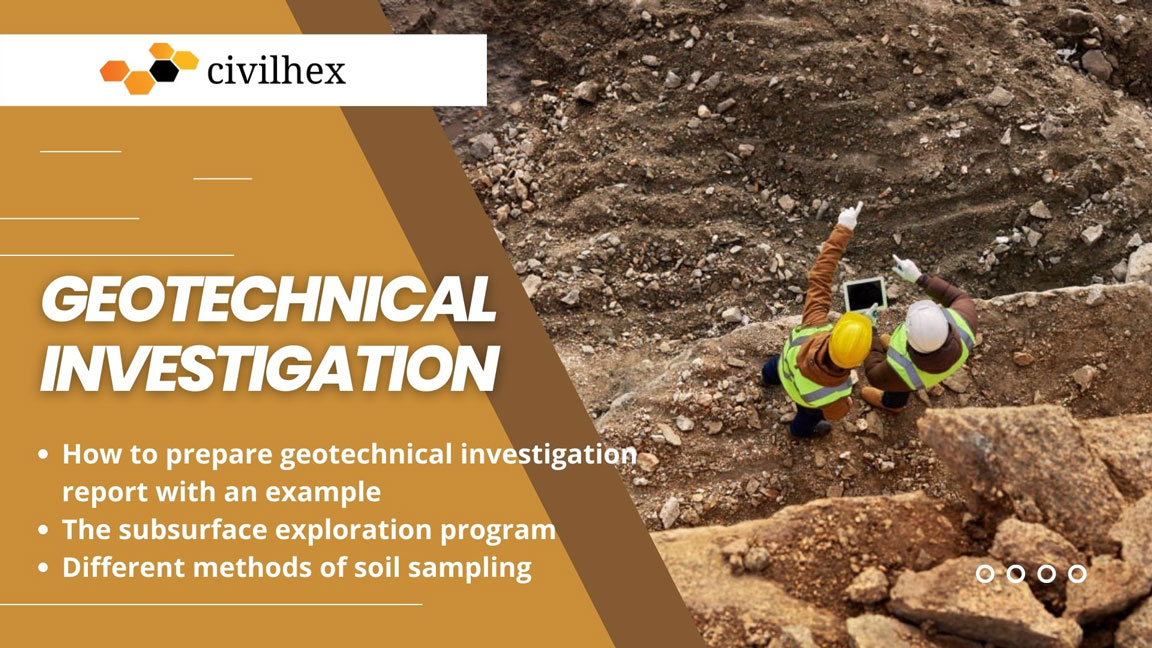
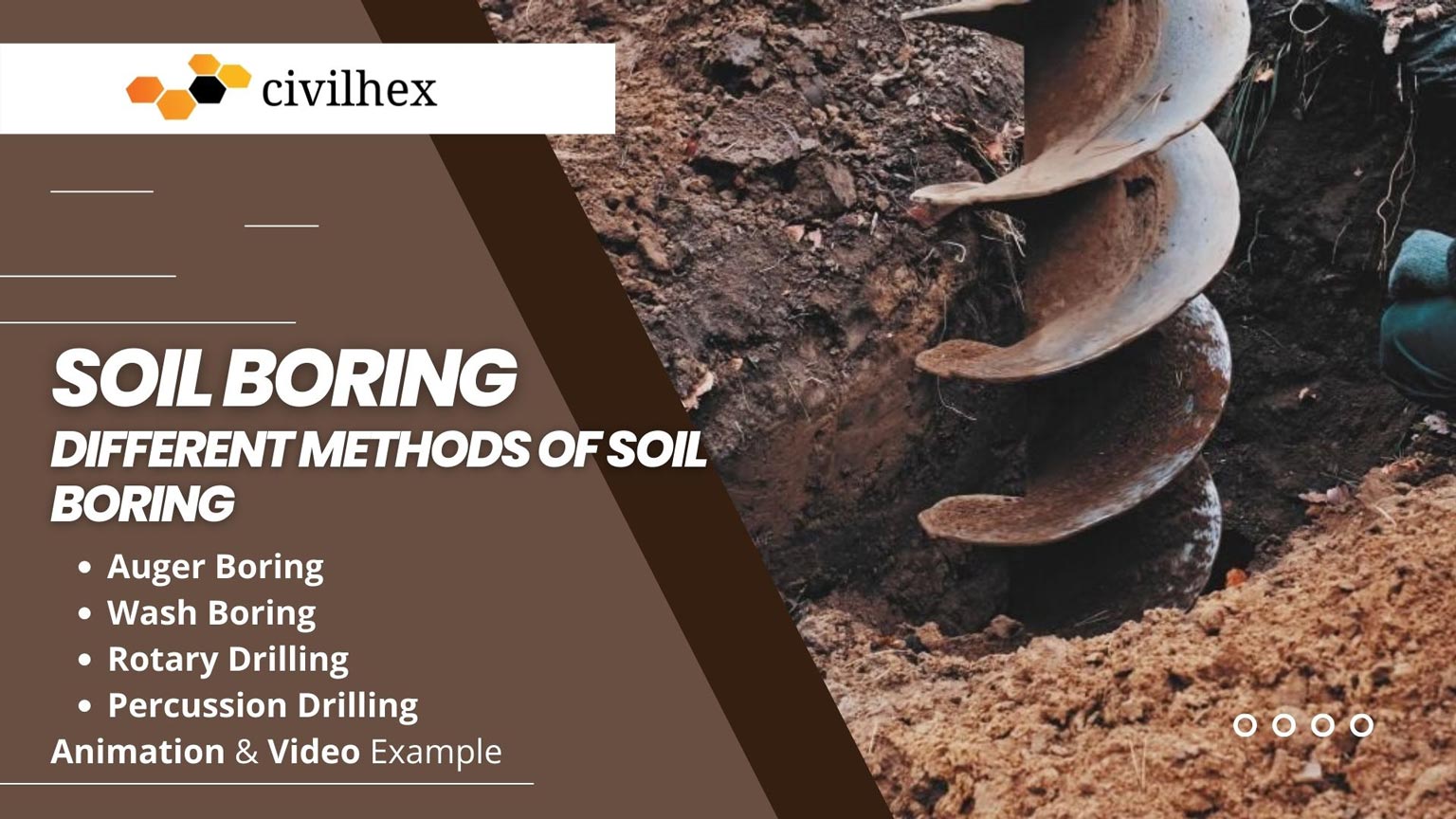
Responses